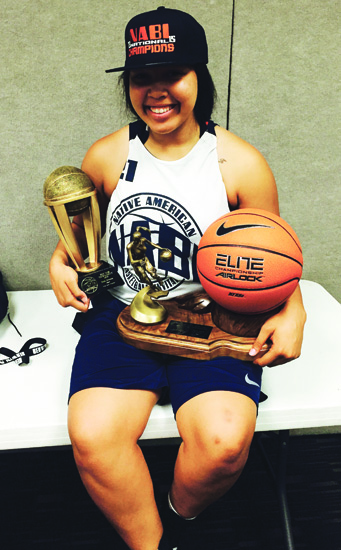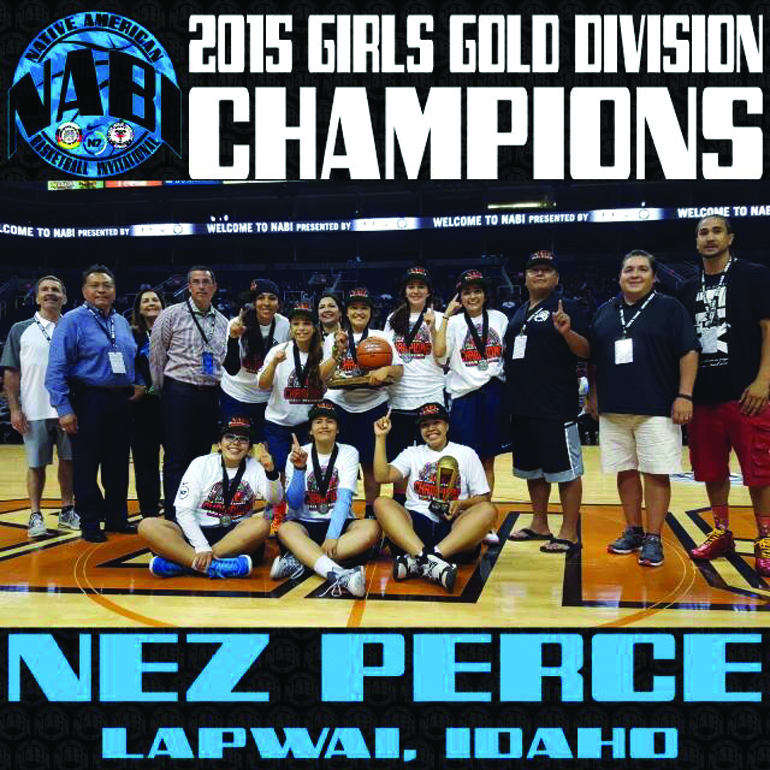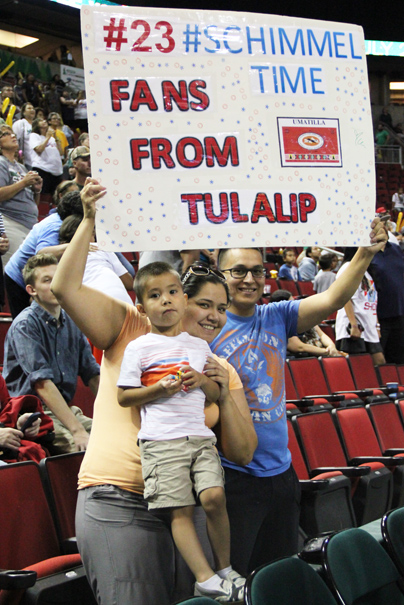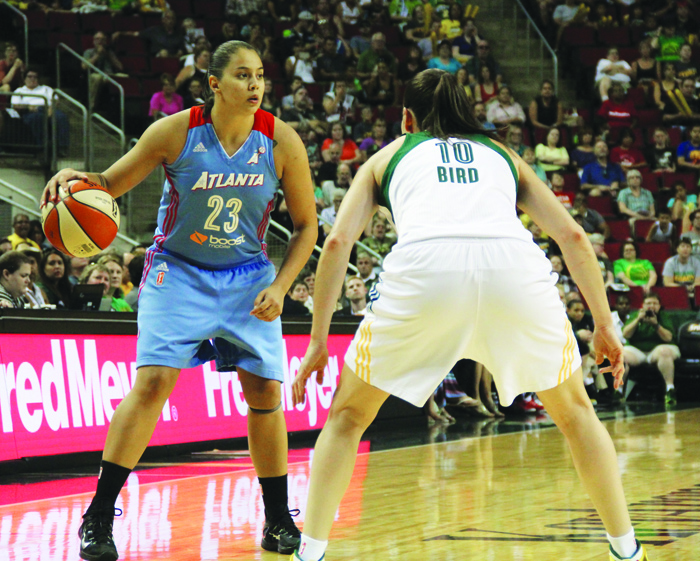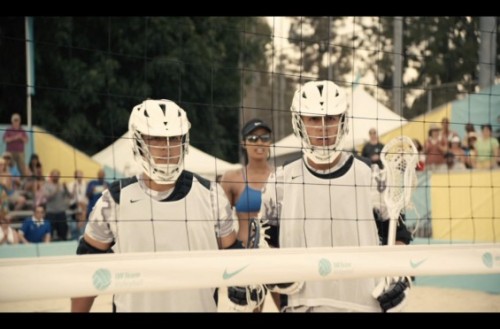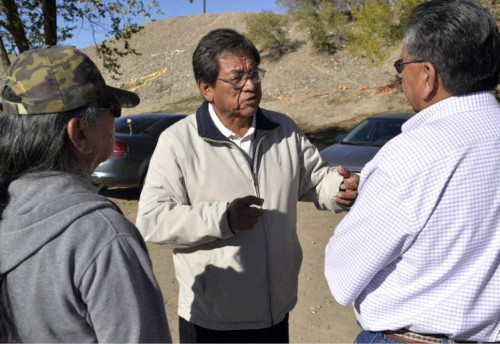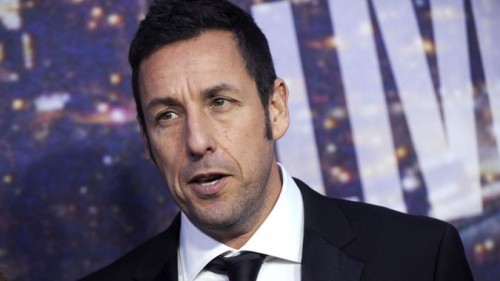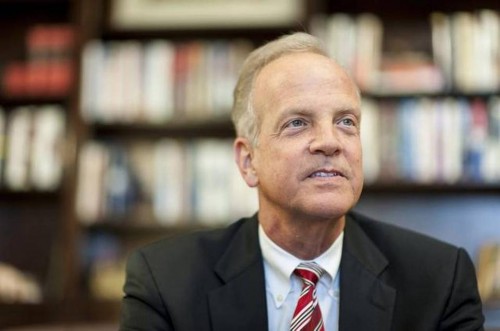Suzette Brewer, Indian Country Today Media Network
PHOENIX, Ariz. – On July 7, the Phoenix, Arizona-based Goldwater Institute announced the filing of A.D. v. Washburn in the United States District Court for the District of Arizona, a class-action lawsuit challenging the constitutionality of the Indian Child Welfare Act (ICWA) based on its contention that the federal legislation “discriminates against Native children.”
Secretary of the Interior Sally Jewell, Assistant Secretary for the Bureau of Indian Affairs Kevin Washburn, and Gregory McKay, director of the Arizona Department of Child Safety (DCS) were named as defendants in the case.
The suit is being filed on behalf of “all off-reservation Arizona-resident children with Indian ancestry in child custody proceedings and the foster, pre-adoptive or prospective adoptive parents of these children,” according to the organization’s press release. “This case will not impact current or future cases that involve children or parents living on a reservation where a tribal court has jurisdiction; it will change the law so that state courts and agencies cannot discriminate against Native American children.”
Washburn marks the third major legal challenge to the 38-year-old federal law since the Bureau of Indian Affairs published new ICWA guidelines in the Federal Registry in February of this year, followed by the agency’s declared intention to seek a federal rule, which would make the statute more enforceable on state courts and social service agencies.
“While we have not yet reviewed the filing, we understand that a lawsuit challenging ICWA was filed yesterday. In matters in litigation, we will speak primarily through our briefs in court, but I want to assure the public that we will defend the Indian Child Welfare Act,” said BIA assistant secretary Washburn in a written statement. “Nearly 40 years ago, Congress determined that Indian children were being treated unfairly in the context of foster care and adoption. Congress determined that ‘an alarmingly high percentage of [Indian] children’ were subjected to ‘unwarranted’ removal from their homes and that a federal law was needed to protect Indian children. This law has been an important feature of the legal landscape for many years now and we firmly believe that the protection of the best interests of Indian children continues to be important today.”
According to the suit, the plaintiffs are seeking declaratory and injunctive relief against “certain provisions of ICWA and the accompanying BIA guidelines” on behalf of “A.D.,” a 10-month-old baby girl who is an enrolled member of the Gila River Indian Community. Another child plaintiff is a 4-year-old boy who is a member or eligible for membership in the Navajo Nation. The birth parents of both children have had their parental rights terminated by the state and both children reside off-reservation in Arizona. The Navajo Nation, as outlined in the brief, has repeatedly attempted to find ICWA-compliant homes for the boy – all of which were rejected by the state as “inappropriate” placements. If not for the Indian Child Welfare Act, according to the brief, the boy would already be in a permanent home under “race-neutral” Arizona law.
“When an abused child is removed from his home and placed in foster care or made available for adoption, judges are required to make a decision about where he will live based on his best interest. Except for Native American children. Courts are bound by federal law to disregard a Native American child’s best interest and place him in a home with other Native Americans, even if it is not in his best interest,” said Darcy Olsen, president of the Goldwater Institute in the organization’s press release. “We want federal and state laws to be changed to give abused, neglected or abandoned Native American children the same protections that are given to all other American children – the right to be placed in a safe home based on their best interests, not based on their race.”
But the original author of the Indian Child Welfare Act, retired South Dakota Sen. James Abourezk, took the Goldwater Institute to task for its attempt to overturn one of his signature legislative achievements during his time in the United States Senate. Ironically, Abourezk’s late friend and colleague Sen. Barry Goldwater actually voted in favor of ICWA when it was approved by the Senate in 1977.
“I knew Barry Goldwater – he was my friend and often came to me for advice on most tribal matters,” said Abourezk from his home in Sioux Falls, South Dakota. “I wish he were alive to see this travesty because he would never approve of it and you can quote me on that and make sure you emphasize the word ‘never.'”
Tribal leaders, their legal teams and ICWA advocates across the country seem universally opposed to the litigation. They view with skepticism adoption practices in the United States, and the economic factors and profits at play.
“The Native American Rights Fund is closely following the lawsuits filed in Virginia, Minnesota, and now Arizona,” said NARF staff attorney Matthew Newman. “What is abundantly clear is that these lawsuits are part of a coordinated, well-financed attack on the rights of tribal nations to protect their children. It is open season on the Indian Child Welfare Act.”
“At this point it is pretty clear that anti-ICWA advocates, who primarily represent adoption interests, have started a coordinated attack on ICWA,” said Kate Fort, staff attorney and adjunct professor for the Indigenous Law and Policy Center at Michigan State University College of Law. “They are looking for cases of opportunity in courts across the country by inserting themselves and trying to make the same constitutional arguments against ICWA. But this lawsuit will absolutely hurt vulnerable children and families in our state child welfare systems. Their claims that ICWA’s protections are substandard is simply not true. ICWA’s standards are considered the gold standard of child welfare practice. To say these lawsuits to dismantle ICWA are in the best interest of the child is really contrary to what is considered best practices by child welfare professionals.”
Stephen Pevar, senior counsel for the American Civil Liberties Union, says the whole point of enacting ICWA was to end decades of unnecessary removals of Indian children from their homes and communities.
“Congress held years of hearings [before enacting ICWA] and many Indians who were victims of state foster care cases testified,” Pevar said. “Based on that testimony and other research, Congress found that it is in the best interests of Indian children to be raised in an Indian home except in extraordinary circumstances. Therefore, the Goldwater Institute is wrong in saying that Congress overlooked the ‘best interest’ standard. Instead, Congress accepted that standard and concluded that there’s a presumption that it’s in the best interest of Indian children to be raised in an Indian home. In addition, the Supreme Court has already rejected the notion that ICWA creates racial discrimination when it imposes minimum federal standards on state courts in their handling of Indian child custody cases.”
But ICWA has come under assault in courts all over the country in the last several months, say legal experts, in states unwilling to deviate from the “business-as-usual” approach, in which an average adoption can bring anywhere from $40,000 to 100,000 in fees and costs for private adoptions, depending on various factors, including living expenses for the birth mother.
In May, for example, Washington, D.C.-based attorneys Lori McGill and her husband, Matthew McGill, filed suit in federal court in Virginia seeking to challenge the new BIA guidelines which they believe impose “federalism” on state courts regarding the adoption of Indian children. Mrs. McGill, who played a key role in Adoptive Couple v. Baby Girl in 2013, told the National Law Journal in May that she gets emails on a weekly basis “from lawyers and adoptive parents telling me how ICWA is ripping their families apart.”
That same month, the Oklahoma Court of Civil Appeals openly dismissed the new BIA guidelines in a case involving a 4-year-old Cherokee girl who had been placed in a non-Indian foster home during emergency proceedings in 2013. At the time, an ICWA-compliant home was not available, though a year later the tribe filed a motion to transfer the girl to a Cherokee family that the tribe had located. In ordering the girl to stay with her foster parents over the tribe’s objection, the court’s contempt for the new guidelines was palpable.
“The BIA guidelines’ intentional disregard of these factors results in a one-size-fits-all approach to the placement of children with any tribal affiliation,” the judges wrote. “That result may bear little resemblance to what is really in the child’s best interests, despite the self-serving pronouncements of the BIA guidelines.”
In June, adoption attorneys representing tribal parents in Minnesota filed another suit, Doe v. Jesson, in which they argued the Minnesota Indian Family Protection Act (MIFPA) violates constitutional due process in requiring notice of adoptions to the tribe. However, the Minnesota District Court denied a preliminary injunction based on state law requiring notice to tribes. The Court ruled that the MIFPA posed no threat of irreparable harm to the two tribal plaintiffs in complying with notice requirements. The tribe in the case, the Mille Lacs Band of Ojibwe, have declined to intervene.
But the litigation, said observers, strikes at the heart of not only of the Indian Child Welfare Act, but also the keystone of tribal sovereignty as a whole – the right of Indian tribes to determine their own membership and raise their children in their home communities.
“Using tragic stories to try to destroy the constitutionality of ICWA is not appropriate. As we know from Morton v. Mancari, Native status is a political identity not racial or ethnic, so laws that give any type of Indian preference or preferential treatment are not in violation of the equal protection clause,” said Victoria Sweet, a program attorney for the Reno, Nevada-based National Council of Juvenile and Family Court Judges. “It’s ironic that [the Goldwater Institute] would argue that Native children get less protections when they actually get more and it is disingenuous to suggest otherwise when the reality is clearly the opposite. We are not yet at a point where the initial purpose of ICWA has disappeared. We still need this law. It still protects Native children.”
“It’s 38 years later and I still get mail from Indian people who tell me how important this legislation is,” Abourezk said. “The tribes need to mount a unified attack against this lawsuit because it’s good law and what they’re doing is wrong. It would be an enormous tragedy to see them overturn it.”

